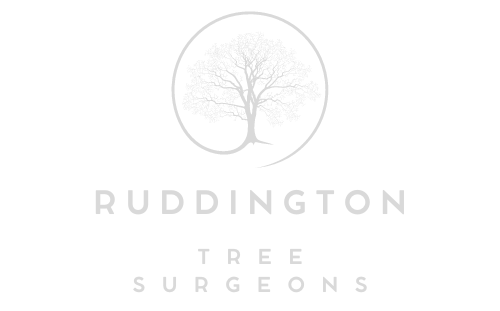Can Crown Reduction Reduce Leaf Fall?
Introduction
If you’ve ever spent hours raking leaves in autumn, you’ve probably wondered: Is there a way to reduce the mess without cutting the tree down? For homeowners in Ruddington, Nottingham, particularly those with mature trees near driveways, patios, or conservatories, crown reduction might be the smart, non-destructive solution you’re after.
At Ruddington Tree Surgeons, we frequently get asked whether crown reduction can genuinely reduce the volume of leaf fall. While it won’t eliminate leaf drop completely—nature will always do its thing—it can significantly lessen the burden while maintaining the health and appearance of your trees.
What Is Crown Reduction?
Crown reduction involves carefully pruning the outermost branches of a tree to decrease its overall size. Unlike topping, which is more drastic and harmful, crown reduction is a controlled, strategic trimming process. The tree’s shape is preserved while reducing the density of foliage.
This makes it ideal for:
- Controlling tree height and spread
- Preventing overhang near buildings
- Improving light penetration
- Reducing wind resistance
- And yes—managing excessive leaf drop
How It Helps With Leaf Fall
The science is simple: less foliage = fewer leaves to fall. By removing a portion of the tree’s canopy, you naturally reduce the volume of leaves it produces. This is especially helpful if the tree is situated close to:
- Roofs or gutters (which can clog easily)
- Garden paths or patios
- Neighbouring properties (avoiding disputes!)
While crown reduction won’t completely prevent leaf fall, it can make autumn leaf cleanup far more manageable.
Additional Perks of Crown Reduction:
- Reduces shading on gardens and windows
- Promotes healthier, stronger regrowth
- Keeps trees better balanced and less prone to storm damage
- Preserves the tree’s natural beauty without complete removal
Is It Suitable for All Trees?
Not every tree responds well to crown reduction, and the extent of the pruning depends on the species and the condition of the tree. It’s always best to get expert advice—removing too much can shock the tree or lead to weak regrowth. At Ruddington Tree Surgeons, we assess each tree’s health and growth habits before carrying out any pruning.
When’s the Best Time?
Crown reduction is best done during the dormant season—late autumn to early spring—when the tree is not actively growing. This allows for cleaner cuts, less stress on the tree, and a faster recovery time.
Conclusion
While crown reduction won’t stop leaf fall entirely, it can certainly reduce it to a more manageable level. It’s an ideal choice for property owners who want the beauty and benefits of mature trees without the constant leaf mess.
If your trees are overwhelming your garden with seasonal debris, Ruddington Tree Surgeons can help. We offer professional crown reduction services tailored to your specific needs—helping you enjoy a cleaner, safer, and more attractive outdoor space.
Ready to clear the clutter without losing your tree? Contact us today for expert advice and service across Ruddington and surrounding areas.
Call us on: 0115 647 1186
Click here to find out more about Ruddington Tree Surgeons
Click here to complete our contact form and see how we can help with your trees needs.

